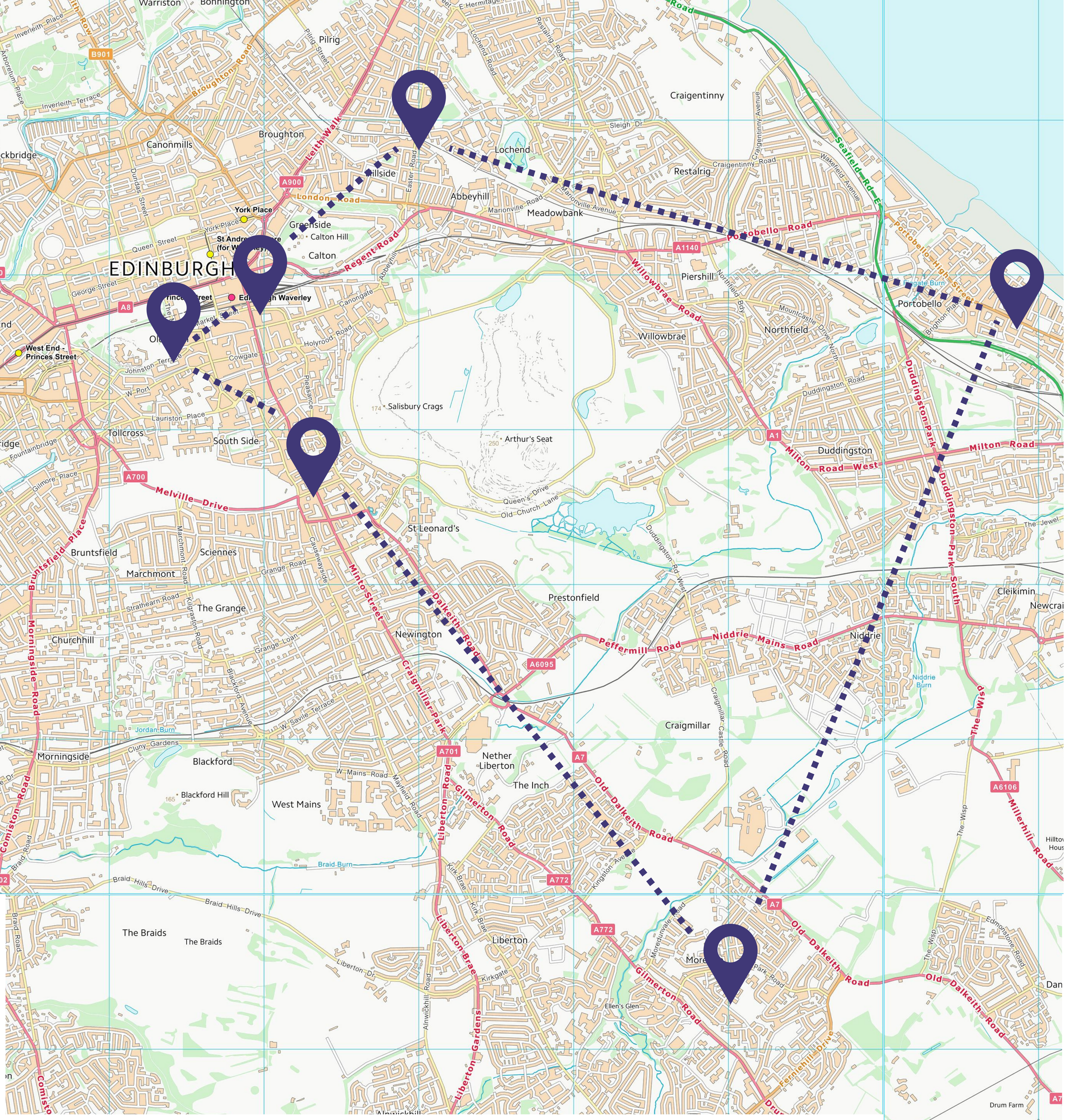Area Councils
What are Area Councils?
Area Councils are groups of charges within the diocese which meet regularly and provide a channel of communication between congregations and Diocesan Synod, and vice versa. The structure and purpose of Area Councils is laid out in the Diocese of Edinburgh’s administrative scheme (see page 2, section III).
The Edinburgh diocese consists of seven Area Councils, which can be seen below.
Edinburgh South
- Christchurch
- St Cuthbert’s Colinton
- St Fillan’s
- St John’s Princes Street
- St Michael & All Saints
- St James the Less, Penicuik
- Roslin
- St Mungo’s West Linton
Edinburgh East
Edinburgh South West
- St Mungo’s Balerno
- St Mary’s Dalmahoy
- St Mary’s Cathedral
- Church of the Good Shepherd
- St Martin of Tours
- St Salvador’s Stenhouse
Edinburgh Forth
- Holy Cross
- St David’s Pilton
- St James Leith
- St Ninian’s Comely Bank
- St Paul’s & St George’s
- St Philip & St James
- St Vincent’s
- Priory Church, South Queensferry
West Forth
- St Columba’s, Bathgate
- St Catherine’s, Bo’ness
- Christchurch, Falkirk
- St Mary’s, Grangemouth
- St Peter’s, Linlithgow
- Livingston
Mid & East Lothian
- St Mary the Virgin, Dalkeith
- St Anne’s, Dunbar
- St Adrian’s, Gullane
- Holy Trinity, Haddington
- St Leonard’s, Lasswade
- St Peter’s, Musselburgh
- St Baldred’s, North Berwick
Borders
- St Mary’s and All Souls, Coldstream
- Christchurch, Duns
- St Ebba’s, Eyemouth
- St Peter’s, Galashiels
- St Cuthbert’s, Hawick
- St Andrew’s, Innerleithen
- St John the Evangelist, Jedburgh
- St Andrew’s, Kelso
- Holy Trinity, Melrose
- St Peter’s, Peebles
- St John’s, Selkirk
What do Area Councils do?
Area Councils exist to encourage fellowship between charges and further the work of the Church to a degree which may not be possible for an individual charge to achieve. They also provide a channel of communication between congregations and Diocesan Synod. It is good practice for Area Councils to meet at least three times a year, once before each Diocesan Synod, and once before General Synod, to discuss the business of Synod and provide a platform for those not attending to voice their opinions. Area Councils also nominate for election to General Synod a representative from their membership.
Area Councils have the power to reallocate quota between congregations in an area, should one church be particularly struggling financially. They should therefore be the first point of contact for churches who are struggling to meet their quota.
Area Councils further have the power to raise issues to diocesan standing committee for consideration as necessary. If considered appropriate, these issues could be escalated further to a Provincial Board.
The remit of Standing Committee shall be to consider items of business relating to the Church raised by Congregations or Area Councils within the Diocese and where necessary, ensure that such items are again raised at the appropriate Provincial Board or Diocesan Committee.
Who is part of an Area Council?
Membership of an Area Council is composed of one clerical representative and two lay representatives for each congregation. One of these lay representatives must be the congregation’s Lay Rep to Diocesan Synod. Should any of the regular members be unavailable for a meeting, an alternative, regardless of whether they are ordained or not, may attend in their place. Members can also be co-opted from congregations in the Area up to a number not exceeding half the number of congregations in the Area.
Each Area Council elects a representative to the General Synod of the Scottish Episcopal Church. All members of the General Synod who reside in an Area Council are additional members of the Area Council, regardless of whether they hold a clerical or lay representative role within the Diocesan Synod.
Each Area Council also elects a Convenor, a Vice-convenor, an Administrator and a Treasurer annually from among its membership. The same person can hold multiple offices at once. More about these roles can be found in the administrative scheme.







